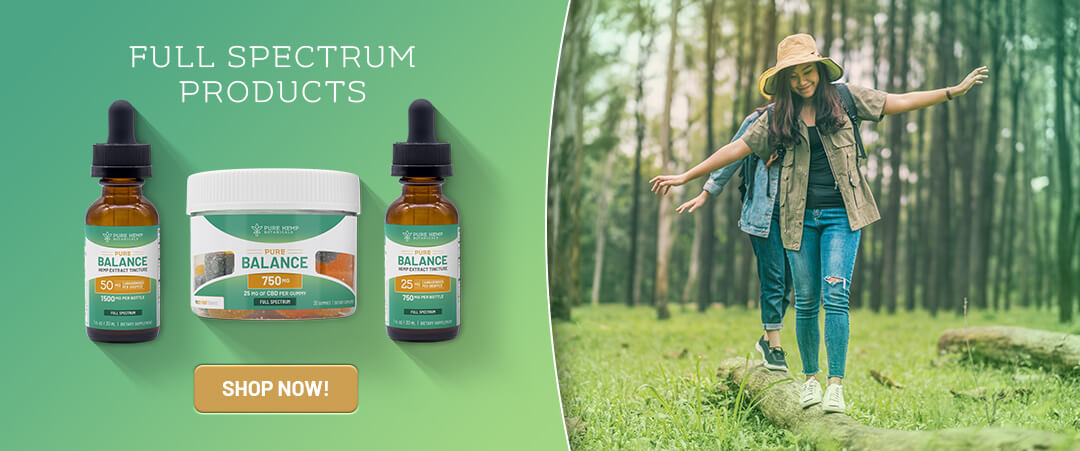Hemp has been cultivated for thousands of years. Cannabis grows wild throughout central and western Asia, and in India, it grows throughout the Himalaya Mountains across the northern parts of India. Nowadays it is grown all over the country, but it is regulated.
Traditional medicine is still alive in India, and the practice known as Ayurveda uses mainly the flowering heads of the cannabis plant, which were are called (Gañjā गञ्जा) in ancient Sanskrit. References to its uses go back as far as 2,000 years BC. The Atharva Veda mentions “bhang” (Cannabis Sativa, or hemp,) as one of the five most sacred plants on Earth, and says that a guardian angel resides in its leaves. It is called a “source of happiness,” a “joy-giver,” and a “liberator.” The Hindu god, Shiva, is believed to have used bhang to focus inward and harness his divine powers.(1)(2)
In several ancient Ayurveda texts cannabis is classified as a “toxic” herb that can nevertheless be used as an oral medicine after it was “purified.” The practice also describes how to “cure” cannabis intoxication. Now, of course, we have strains of the cannabis plant that are low in psychotropic THC but high in CBD.
Many westerners have begun studying the herbs and techniques Ayurvedic practitioners have used for centuries to learn more about the medicinal uses of hemp and cannabis. The ancient texts mentioned cannabis can have beneficial uses in the digestive system, in neurology, the nervous system, and in the joints.
One of these modern practitioners, Dylan Smith, a certified Ayurvedic Practitioner and holistic health educator based in Sydney, Australia, reports, “Cannabis sativa or hemp is commonly referred to Bhañga भङ्ग in Ayurveda, but is also known as Vijaya विजय which means “victorious”, as it is victorious over so many diseases.” (1)
If hemp flowers are allowed to be fertilized, the flowers produce seeds. These seeds are usually used as a food rather than as a medicine. Ayurveda calls them “cooling,” and says they can help with constipation, nutrient deficiency, and rejuvenation.” Hemp seeds are somewhat sweet but also nutty-tasting, and they have what modern science regards as a nearly-perfect balance of Omega-3, -6 and -9 essential fatty acids.
Enjoy a smoothie with the Complete Benefits of the Whole Hemp Plant.
Hemp seeds have very little CBD or other cannabinoids, but do boast balanced Omega-3, -6, and -9 essential fatty acids. The seeds also contain complete protein, making them ideal for vegans or vegetarians. Pure Hemp Botanicals tinctures feature the best of both parts of hemp: the unfertilized flowers from which we extract cannabinoids like CBD and concentrate them, and hemp seed oil as the carrier with its beneficial fatty acids.
Make a smoothie to benefit from both! Add 1-2 tablespoons of ground hemp seeds, and one or two droppers of Pure Hemp Botanicals Pure Balance 750 mg tincture, and blend with frozen bananas, and the fruit of your choice: strawberries, blueberries, etc. This is a high-protein, heart-healthy way to enjoy fully the fruits of the hemp plant honored by Indian ancients. Relax, and enjoy!
(1) HEMP (BHAÑGA) IN AYURVEDA https://vitalveda.com.au/learn/hemp-ayurveda/
(2) The Ayurvedic View on Cannabis. https://www.himalayanhemp.in/post/the-ayurvedic-view-on-cannabis
(3) ALL ABOUT HEMP: THE WONDER HERB https://hempworks.in/blogs/from-the-journal/hemp-the-wonder-herb



